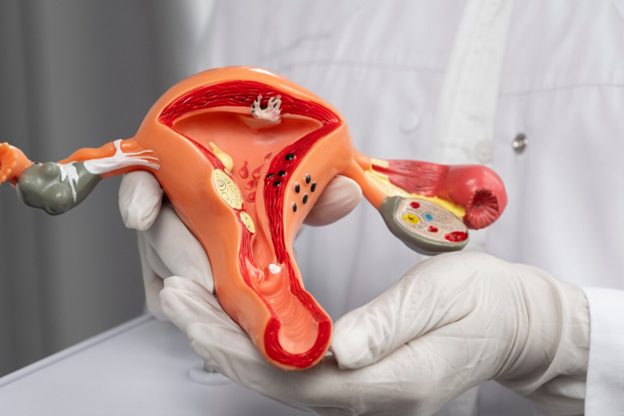Uterine fibroids are non-cancerous growths in the uterus, affecting many women. These fibroids can cause severe pain, heavy bleeding, and even emotional distress. Luckily, there’s hopeful news. Uterine fibroid embolisation offers a modern, less invasive treatment option. This procedure can significantly boost your quality of life by reducing or eliminating symptoms linked to fibroids.
Understanding the Basics of Uterine Fibroid Embolisation
So, what is uterine fibroid embolisation? It involves cutting off the blood supply to fibroids, causing them to shrink. Notably, this method doesn’t involve major surgery. It’s done in an outpatient setting, requires only local anesthesia, and allows for quick recovery. But, is it for everyone? Ideally, women who want an alternative to surgery or wish to keep their uterus might find this procedure suitable.
Advantages of Uterine Fibroid Embolisation
The Minimally Invasive Approach
One major benefit of uterine fibroid embolisation is its non-surgical approach. Instead of a large incision, it usually just needs a tiny cut on the skin. This means a shorter hospital stay and fewer risks.
Short Recovery and Long-Lasting Results
Another fantastic advantage is the recovery time. With uterine fibroid embolisation, most women feel better in a handful of days, unlike weeks in bed after surgical options. Plus, it provides lasting relief from painful symptoms like heavy bleeding and pelvic pain.
Enhanced Quality of Life Post-Embolisation
After uterine fibroid embolisation, many women find their symptoms greatly reduced. This leads to a more active, enjoyable daily life. Some share experiences of newfound energy and improved mental health. Plus, they can keep their uterus, bringing added emotional benefits.
Uterine Fibroid Embolisation Aftercare: What to Expect
After having uterine fibroid embolisation, recovery is crucial. Here’s what usually happens:
- Rest: Take it easy for a couple of days.
- Watch for symptoms: Cramping and slight fever can occur.
- When to act: If symptoms feel severe, contact your doctor.
Comparing Treatment Options
Picking the right treatment is important. Compare uterine fibroid embolisation with hysterectomy and myomectomy:
- UFE: Keeps the uterus, offers a quicker recovery.
- Hysterectomy: Major surgery, uterus removal.
- Myomectomy: Removes fibroids but keeps the uterus.
Insurance often covers UFE, but checking with your provider is wise.
Considerations and Long-term Outlook
Before deciding on uterine fibroid embolisation, consider a few key points:
- Fibroid size and spot: These affect if UFE suits you.
- Symptom return: Some might experience them again.
- Pregnancy: Discuss future childbearing goals with your doctor.
Conclusion: Embracing a Better Quality of Life Through UFE
In short, uterine fibroid embolisation can transform many women’s lives. Talk with medical experts about UFE. Relief is within reach with the right treatment path.
